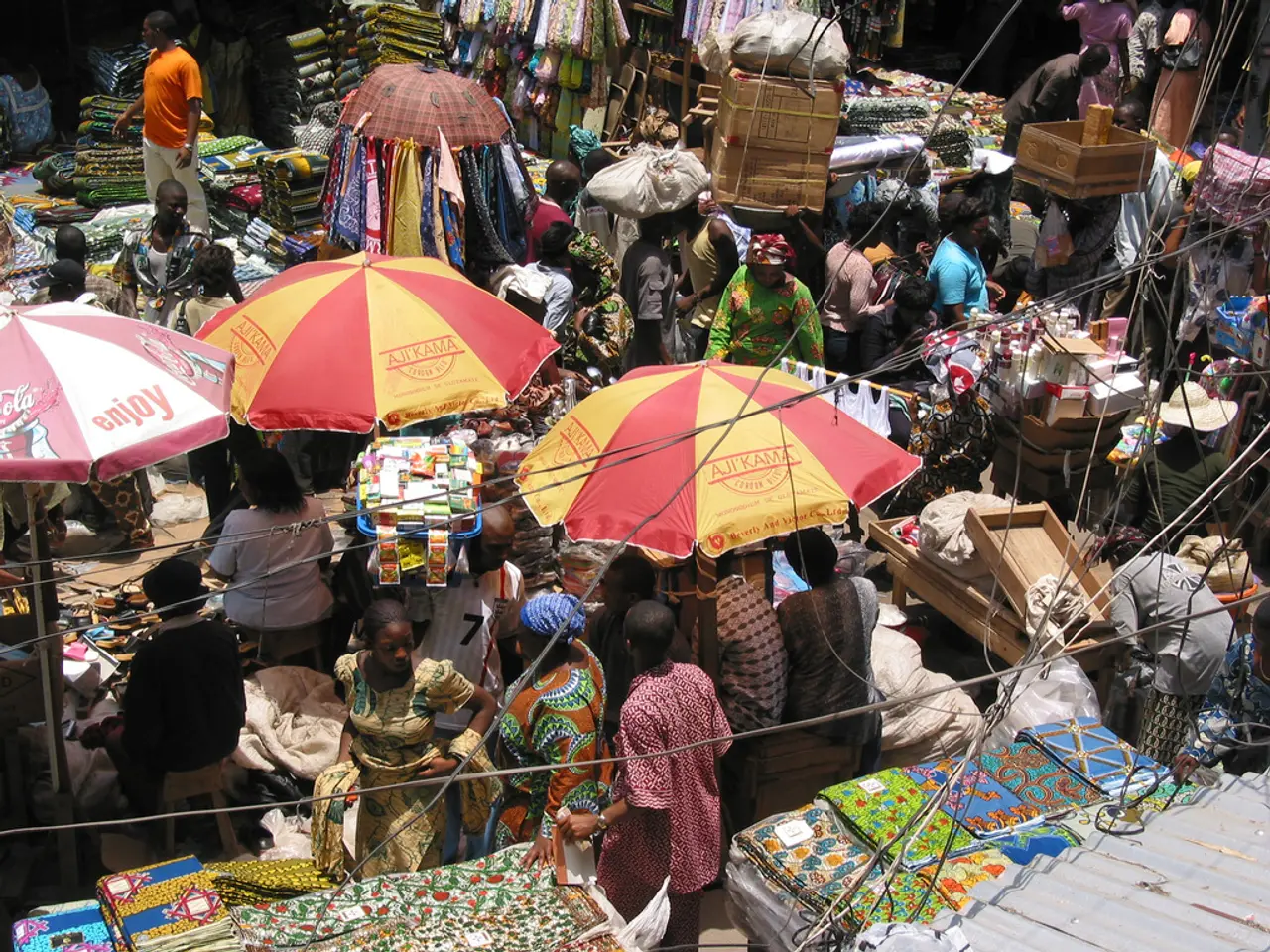Wealth erosion looms: another round of devaluation slated for this spring could significantly diminish the financial reserves of Russians, similarly to the 90s.
A heads-up from the finance crew: The ruble might take another hit in spring 2025.
Despite its seemingly calm exterior, the ruble's value is feeling the heat, with the chances of devaluation on the rise—all due to internal strife and external forces.
What's causing the squeeze on the ruble?
Here's a rundown of the factors putting pressure on the currency:
- Geopolitical chaos;
- Decreasing international appetite for Russian resources;
- Fickle oil prices;
- Sanctions and logistics hiccups;
- Limited access to global financial markets.
The income from exports is dwindling, inflation is putting the squeeze on the economy, and the Central Bank isn't in a big hurry to lift the key rate. This increases the probability of higher loan costs and hikes in costs for businesses and citizens.
What about your savings?
- Mix up your assets. Don't keep all your funds in rubles. Deposits in foreign currency, government, and corporate bonds can help minimize risks.
- Check out gold. Traditionally known as a safe haven, but prices can fluctuate.
- Real estate. It's a long-term option, especially with steady income, but high entry costs and low liquidity makes it a less flexible choice.
- Try alternative investments. Venture projects, foreign markets, and funds might appeal to those ready to take significant risks.
- Improve your financial smarts. Understanding the market and financial tools will help make wise decisions and adapt to evolving situations.
Spring 2025 could be a pivotal moment. In times of uncertainty, don't freak out, but remain cautious, keep tabs on financial news, and adjust your strategy as conditions change, advises the source.
Insights:
- Speculative and geopolitical factors are partly responsible for the ruble's current strength, but their stability isn't guaranteed, raising concerns about the currency's sustainability[1].
- The Trump administration's protectionist policies and the likelihood of a global economic recession could adversely impact Russia's export revenues, putting downward pressure on the ruble[1].
- Analysts expect the ruble's value against the yuan to decrease, with the yuan reaching between 13.3 and 13.7 rubles by the end of the year[1].
- Russia's economy, despite a strong start, is showing signs of slowing down. High inflation rates and elevated interest rates, while supporting the ruble currently, could lead to economic difficulties if they persist[3].
- Russia's currency market struggles with a lack of foreign investments and demand for foreign currencies, a challenge that could worsen as economic realities set in[1].
The likelihood of the ruble's depreciation in spring 2025 increases due to factors such as geopolitical instability, decreasing international appetite for Russian resources, fickle oil prices, sanctions, logistics hiccups, and limited access to global financial markets. In terms of personal finance, it's essential to diversify assets, explore alternative investments, and improve financial knowledge to adapt to evolving situations. Analysts expect the ruble's value against the yuan to decrease, and Russia's economy, despite a strong start, might face economic difficulties if high inflation rates and elevated interest rates persist.




